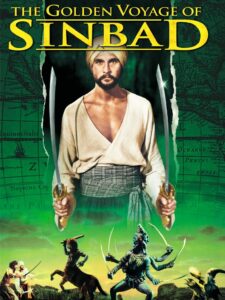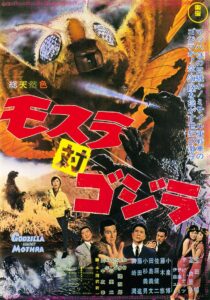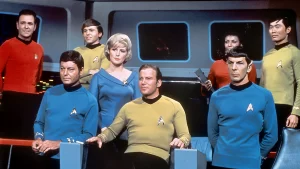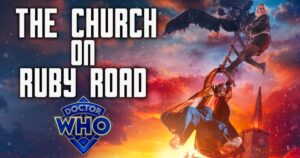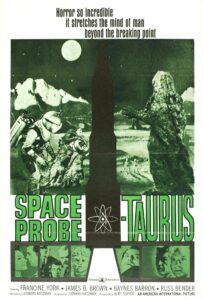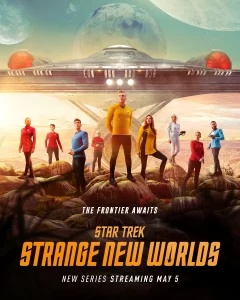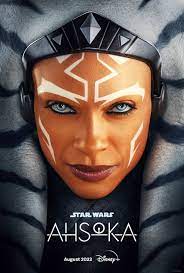.
This weekend, while still losing the damned cough that start almost two months ago, was one for enjoying some classic, that is old, genre cinema.
Saturday Night my sweetie-wife and I streamed The Golden Voyage of Sinbad (1973.) After coming into possession of a fragment of a legendary table Sinbad, (John Phillip Law) is thrust into a race for power and riches against an evil wizard (Tom Baker) while saving a bewitching slave girl Margiana (Caroline Munro.)
With stop-motion effects by the legendary Ray Harryhausen, The Golden Voyage of Sinbad is a prime example of pre-Star Wars genre cinema. Simple, direct, and doing the best that they cane with limited budgets and resources. Still, it is fun little film not meant to tax the old grey matter.
Sunday was this months Film Geeks San Diego screening of another Showa era film of the Godzilla franchise, Mothra vs Godzilla as part of their year celebration of the big lizard’s 70th anniversary.
After a monstrous egg washes up following a typhon and quickly grabbed by greedy capitalists twin tiny ‘fairies’ arrive pleading for the egg’s return. They are rebuffed despite the efforts of a noble reporter, scientist, and photographer. Awaked from his slumber in the sand by the typhon, Godzilla, in his final Showa era turn as a villainous monster, rampages through the area and the ‘fairies’ convince Mothra to come and battle the radioactive beast.
Despite a decidedly clear turn towards children’s entertainment Mothra vs Godzilla still retains enough ‘serious’ matter to have value for adults watching as well as the kiddies in the audience. It’s message of mutual respect and the abhorrence of Pacific island nuclear testing grounds the film in the period of its production without actually dealing with the tense geo-political realities of the mid 1960’s. Watching this for the first time on a big screen, even if the theaters is a micro one seating only about 50 people, was a joy for nostalgia.
